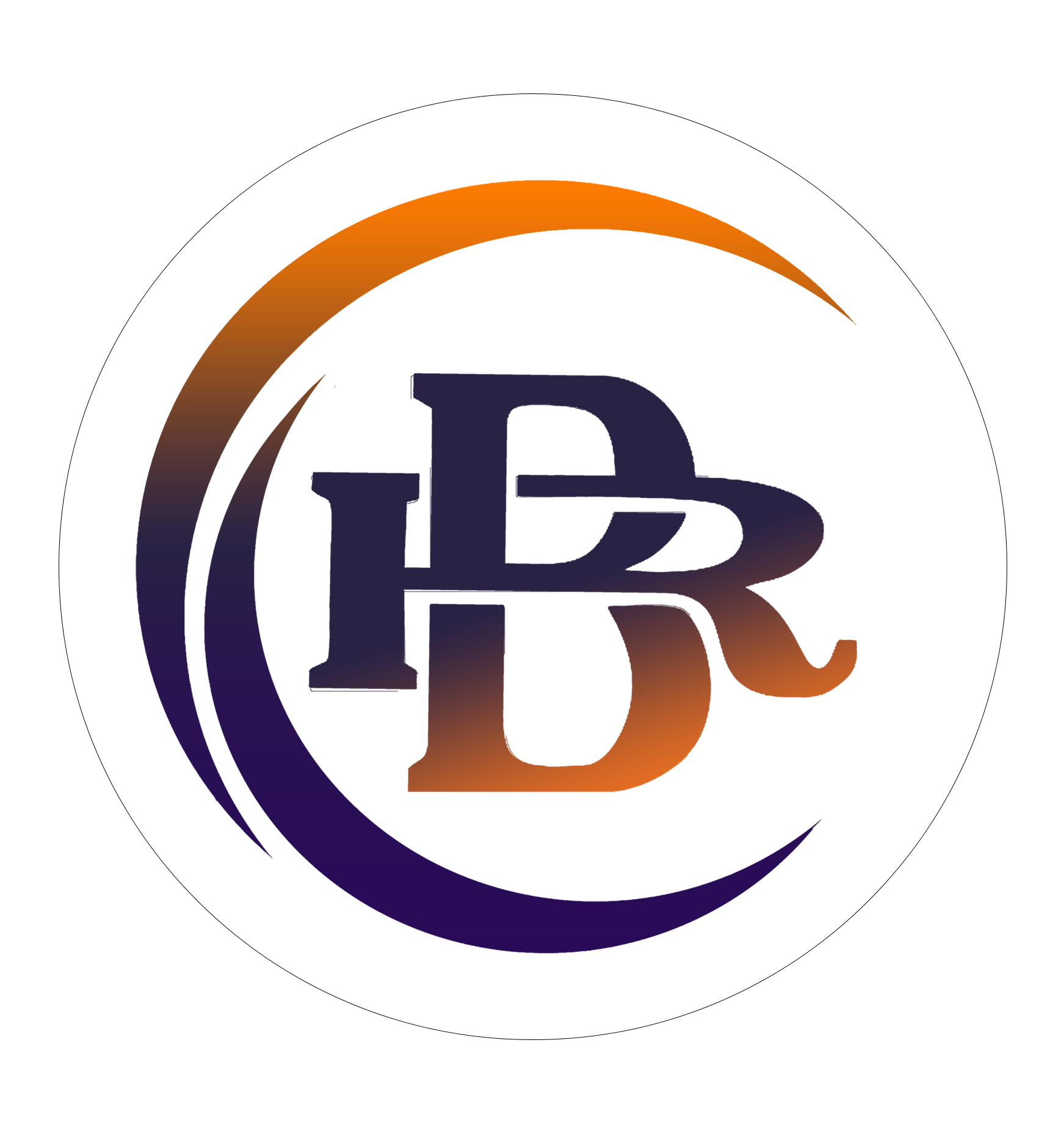Introduction: In the quest to build high-performing teams, organizations often face the challenge of striking the right balance between hiring for technical skills and cultural fit. While technical prowess is essential for job success, cultural fit determines how well an individual integrates into the team and aligns with the organization’s values and goals. Achieving hiring harmony requires a delicate balance between skills and cultural fit. In this blog post, we’ll explore strategies for achieving this balance, encompassing IT jobs, non-IT roles, opportunities in Faridabad, jobs near candidates, remote jobs, and work-from-home opportunities.
- Understanding the Importance of Cultural Fit: Cultural fit refers to how well a candidate’s values, beliefs, and behavior align with those of the organization. It impacts employee engagement, team dynamics, and overall organizational success. Hiring candidates who fit the company culture contributes to a positive work environment, higher job satisfaction, and increased retention rates.
- Prioritizing Skills Alignment: While cultural fit is important, organizations cannot overlook the significance of technical skills and expertise. Depending on the role, certain technical competencies are non-negotiable for job performance. Therefore, it’s crucial to prioritize skills alignment during the hiring process to ensure that candidates possess the requisite capabilities to excel in their roles.
- Crafting Job Descriptions with Both Skills and Culture in Mind: Job descriptions play a pivotal role in attracting candidates who possess the right blend of skills and cultural fit. Organizations should craft job postings that not only outline the technical requirements of the role but also provide insight into the company culture, values, and expectations. This ensures that candidates self-select based on their alignment with both aspects.
- Conducting Behavioral Interviews: Behavioral interviews are an effective way to assess both skills and cultural fit. By asking situational and behavioral questions, interviewers can gauge how candidates have demonstrated their skills in past experiences and assess their alignment with the organization’s culture. Look for examples of how candidates have contributed to team success and handled challenges in previous roles.
- Incorporating Culture Assessments: Culture assessments can provide valuable insights into a candidate’s fit with the organization. These assessments may include surveys, personality assessments, or scenario-based exercises that evaluate candidates’ values, communication styles, and work preferences. Incorporating culture assessments into the hiring process helps ensure a more holistic evaluation of candidates.
- Seeking Diversity within Cultural Alignment: While cultural fit is important, it’s essential to recognize that diversity of thought and background enriches organizational culture. Strive to build diverse teams that bring together individuals with different perspectives, experiences, and skills. This fosters innovation, creativity, and adaptability within the organization.
Conclusion: Hiring harmony is about striking the right balance between skills and cultural fit to build cohesive and high-performing teams. By prioritizing skills alignment, crafting job descriptions with both skills and culture in mind, conducting behavioral interviews, incorporating culture assessments, and seeking diversity within cultural alignment, organizations can achieve this balance and set themselves up for long-term success. As we navigate the complexities of recruitment, let’s remember that hiring is not just about finding the most qualified candidate—it’s about finding the right fit for the organization’s culture and goals.






